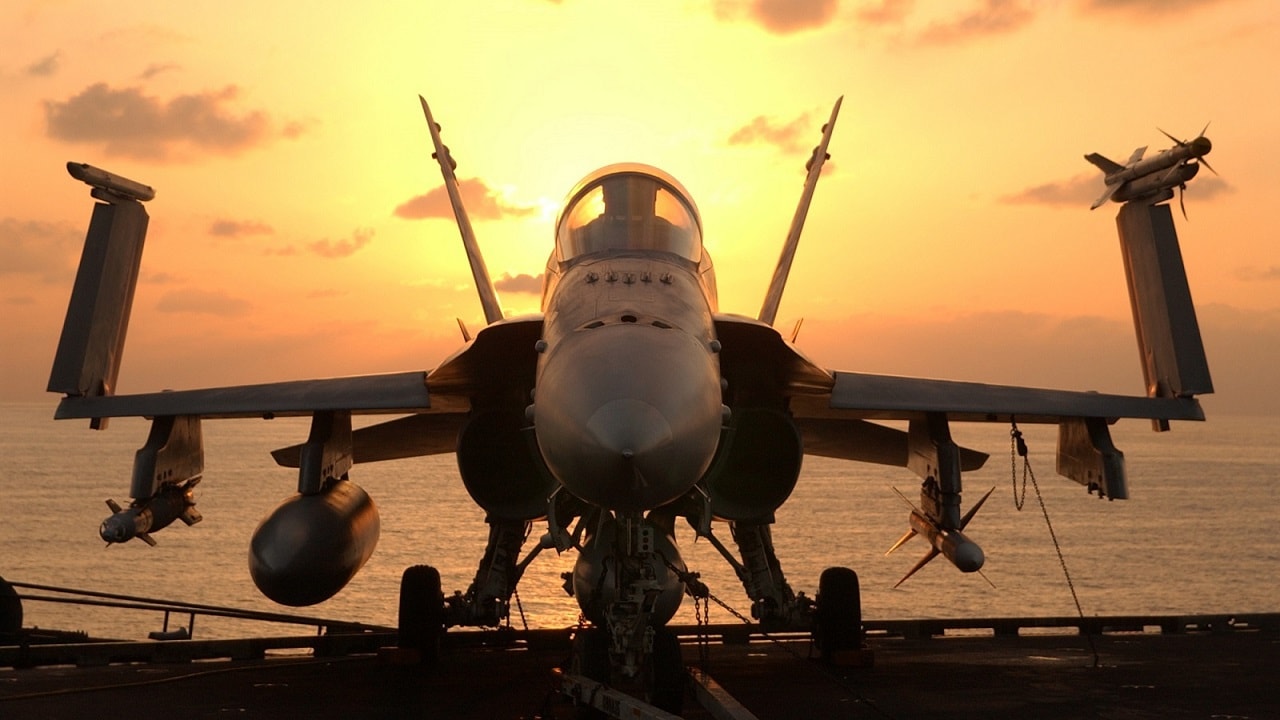Is a War Brewing With Iran in the Persian Gulf – The Gulf of Oman remains a potential flashpoint where one wrong action could result quickly spiral out of control, resulting in a conflict that could have far-reaching consequences. Such was the case in the early hours of Wednesday local time when Iranian naval forces reportedly attempted to capture two oil tankers – only to be driven off by the U.S. Navy.
“On July 5, U.S. forces prevented two attempted commercial tanker seizures by the Iranian Navy after the Iranians had opened fire in one of the incidents near the coast of Oman,” U.S. Naval Forces Central Command announced.
“One Iranian naval vessel approached the Marshall Islands-flagged oil tanker TRF Moss in international waters in the Gulf of Oman. The Iranian vessel departed the scene when U.S. Navy guided-missile destroyer USS McFaul (DDG 74) arrived on station. Additionally, the U.S. Navy deployed surveillance assets, including MQ-9 Reaper and P-8 Poseidon maritime patrol aircraft,” Naval Forces CENTCOM added.
Approximately three hours later, the U.S. Navy received a second distress call from Bahamian-flagged oil tanker Richmond Voyager as the ship was more than 20 miles off the coast of Muscat, Oman, and transiting international waters toward the Arabian Sea. According to the U.S. Navy, another Iranian naval vessel had closed within one mile of Richmond Voyager while hailing the commercial tanker to stop.
The U.S. guided-missile destroyer then directed course toward the tanker at maximum speed – but before the warship arrive, Iranian personnel fired multiple, long bursts from both small arms and crew-served weapons. Richmond Voyager sustained no casualties or significant damage, but the U.S. Navy reported that several rounds hit the ship’s hull near crew living spaces.
The Iranian navy vessel departed when USS McFaul arrived.
Tehran has not commented on the matter, but state media reported that the Iranian government denied that it was attempting to seize either vessel.
Acts of Piracy?
It was this past May that the United States increased the rotation of ships and aircraft patrolling the Strait of Hormuz with regional and other partners following an uptick in Iranian merchant vessel seizures. Approximately one-fifth of the world’s supply of seaborne crude oil and oil products passes through the Strait of Hormuz, a critical chokepoint between Iran and Oman
The increased force presence is meant to support multinational efforts under the International Maritime Security Construct and bilaterally with partner nations to deter threats to commercial shipping and reassure regional mariners.
“I couldn’t be prouder of the entire [U.S. Naval Forces Central Command] team, especially the exceptional effort by the McFaul crew, for immediately responding and preventing another seizure,” said Vice Adm. Brad Cooper, commander of U.S. Naval Forces Central Command, U.S. 5th Fleet and Combined Maritime Forces. “We remain vigilant and ready to protect navigational rights in these critical waters.”
War Brewing?
Is the United States going to war with Iran?
That is a question that has been asked countless times since the Islamic Revolution of 1979 overthrew the Iranian government that had maintained close ties with Washington. In fact, since April 7, 1980, the United States has had no formal diplomatic relations with the Islamic Republic.
This latest incident is just the string of provocative actions made by Tehran that lead to an open conflict. The Islamic Republic has harassed, attacked, or seized nearly 20 internationally flagged merchant vessels in the past year.
It was in May that units of Iran’s paramilitary Revolutionary Guard seized a Panamanian-flagged oil tanker in the Strait of Hormuz, the second-such capture of a vessel in the strategic waterway in just a week. CENTCOM has noted that Iran’s actions are contrary to international law and disruptive to regional security and stability.
Author Experience and Expertise:
A Senior Editor for 19FortyFive, Peter Suciu is a Michigan-based writer. He has contributed to more than four dozen magazines, newspapers, and websites with over 3,200 published pieces over a twenty-year career in journalism. He regularly writes about military hardware, firearms history, cybersecurity, politics, and international affairs. Peter is also a Contributing Writer for Forbes and Clearance Jobs. You can follow him on Twitter: @PeterSuciu.

